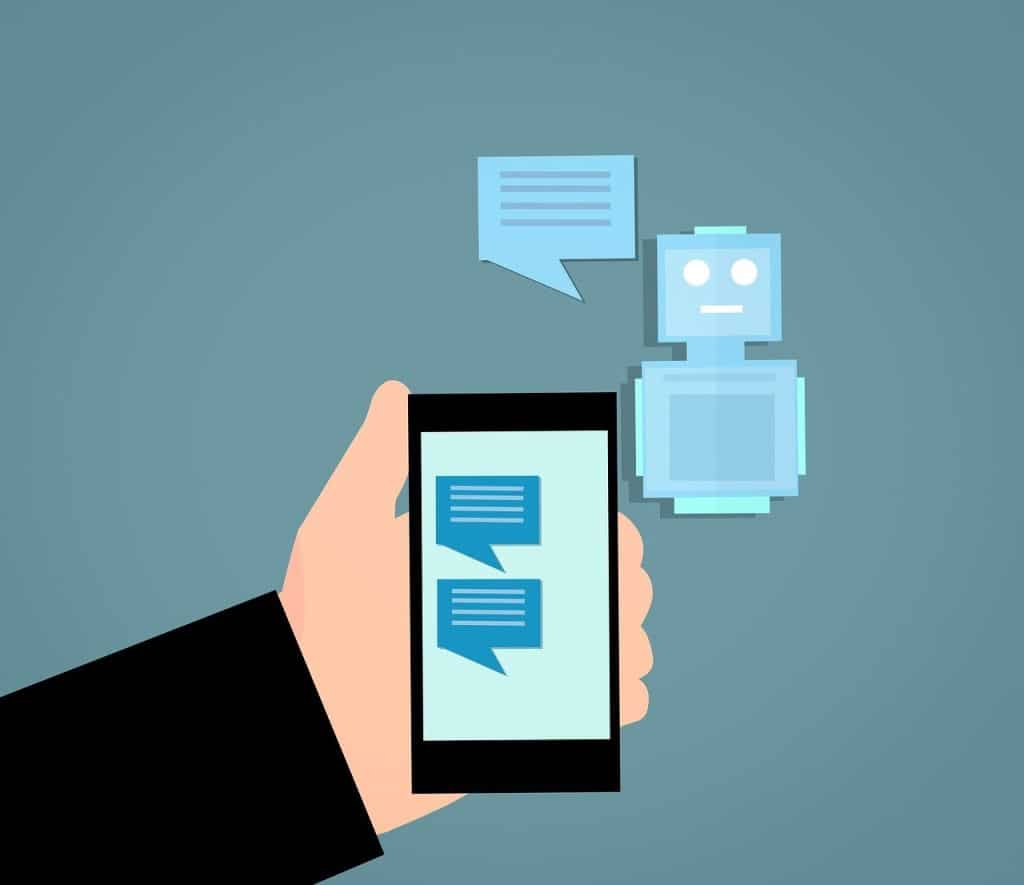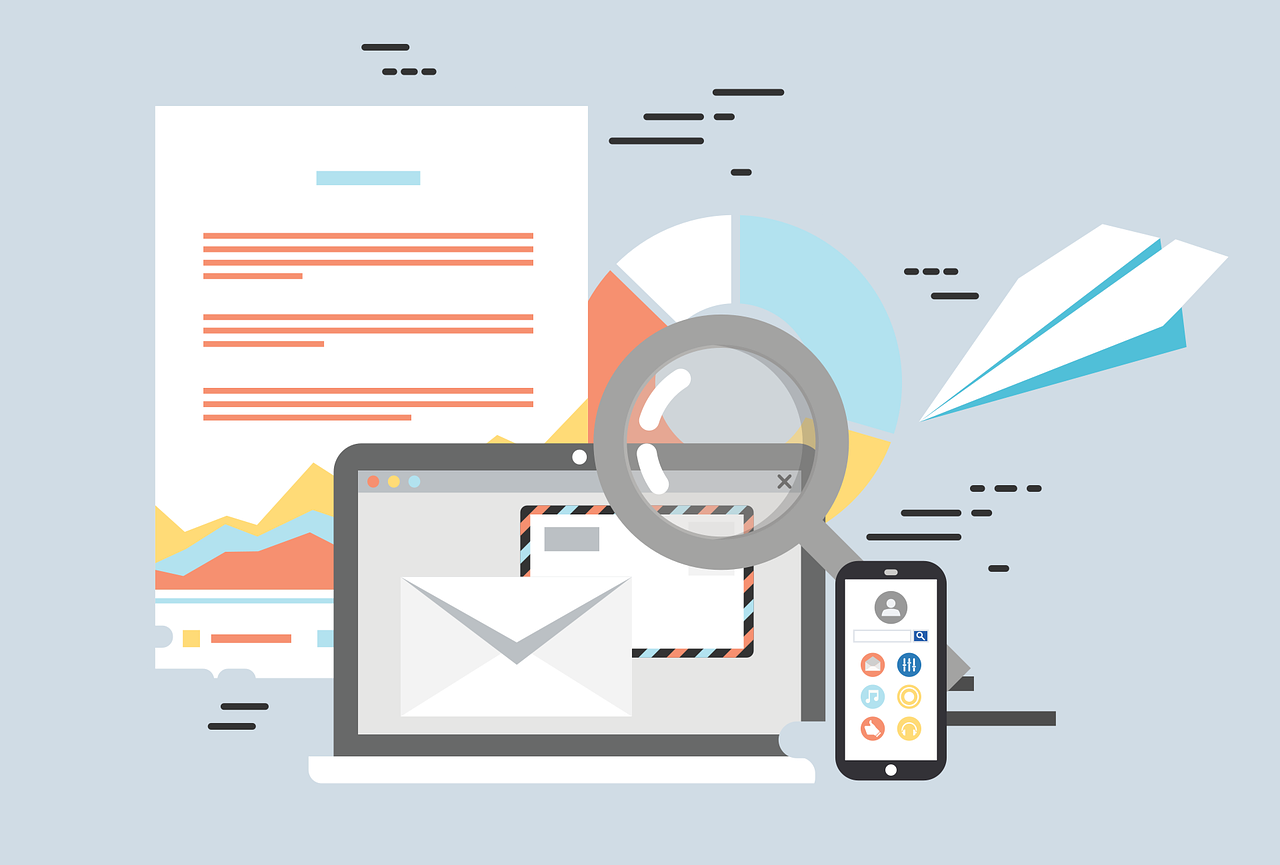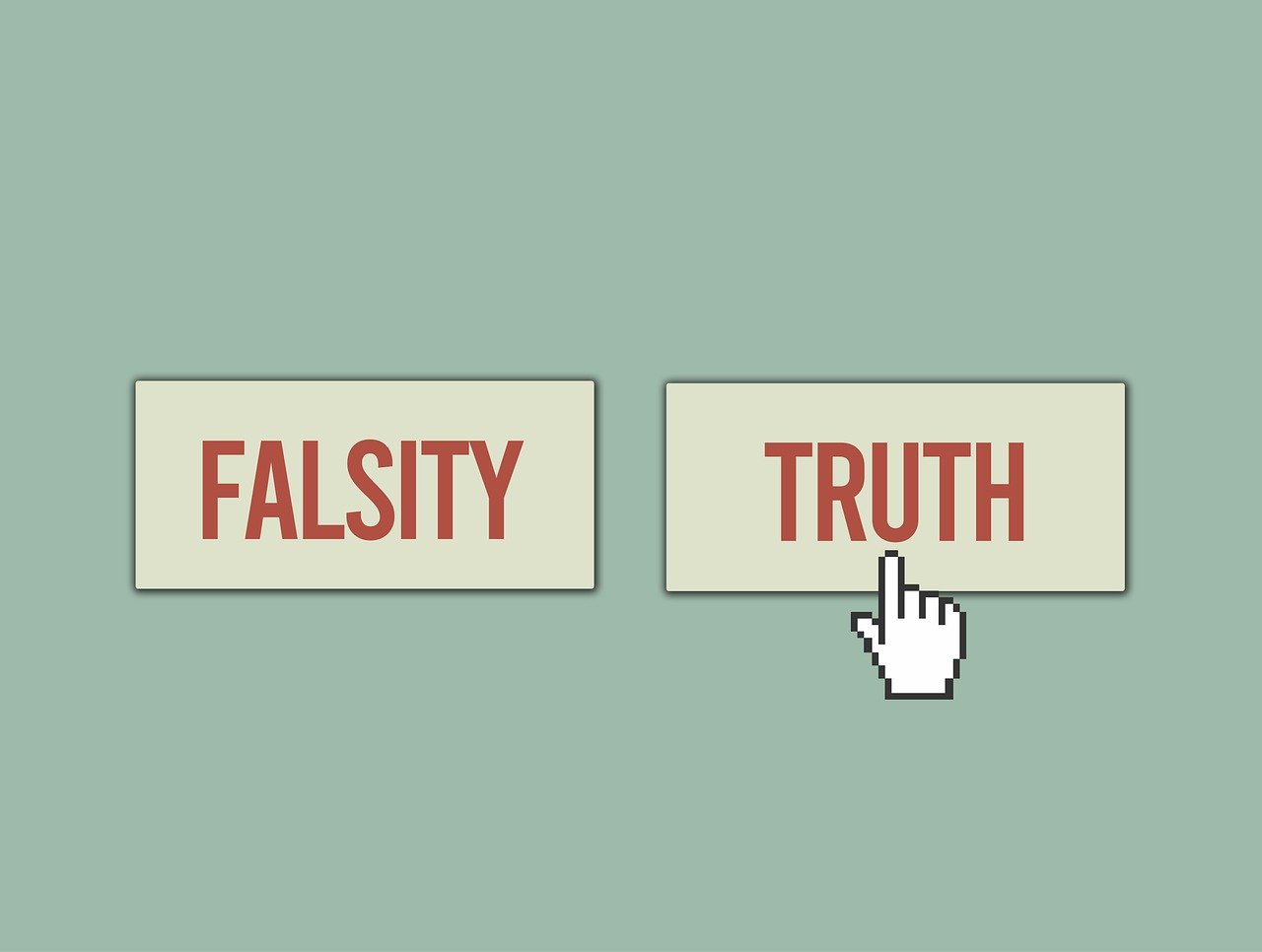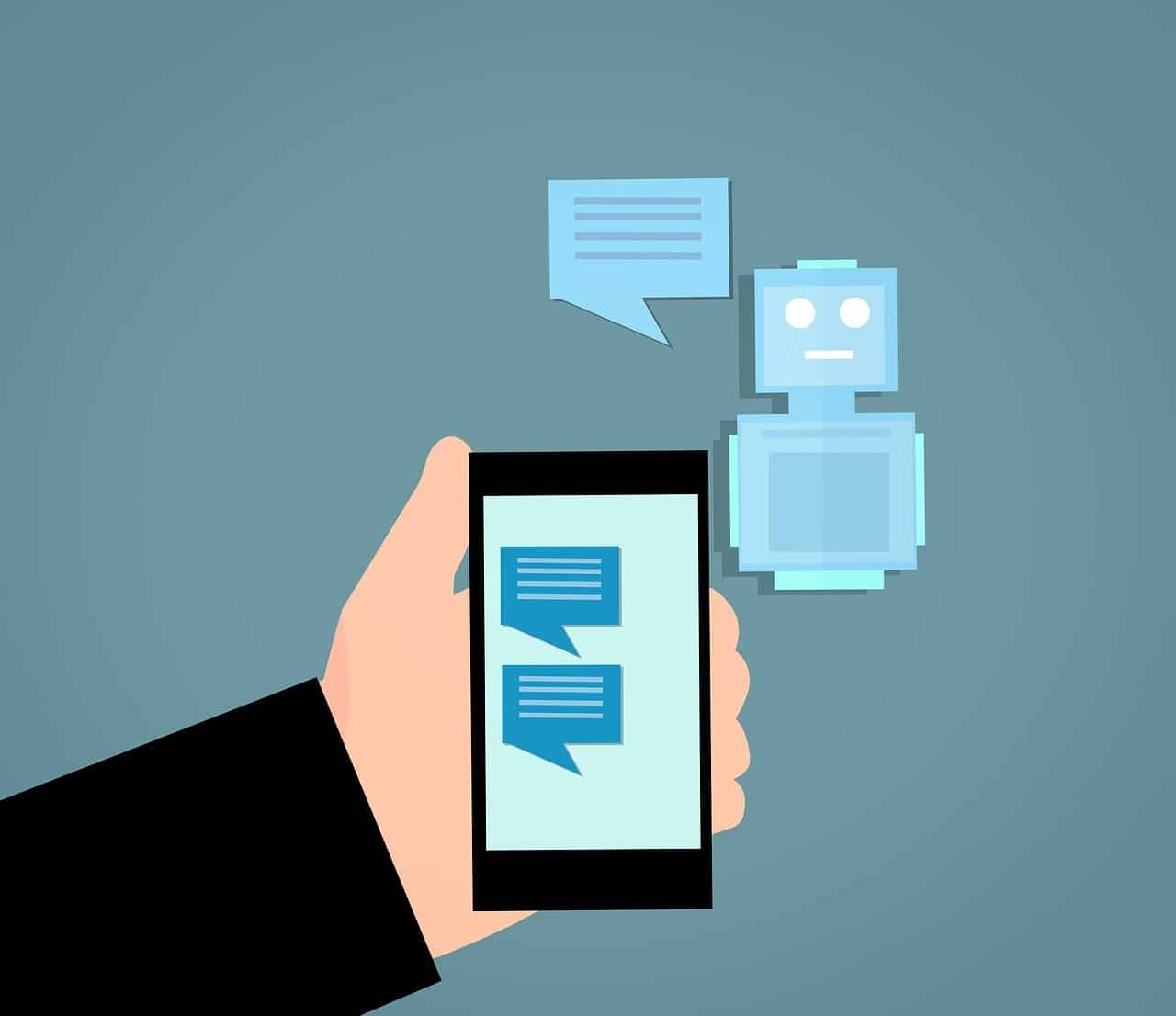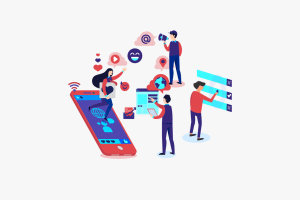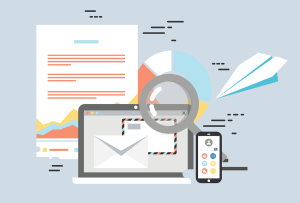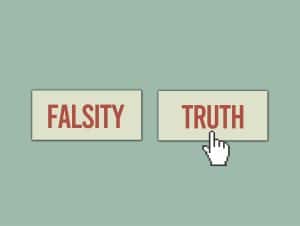An Intro to Chat Bots
Chatbots are a dicey word for many people unfamiliar with their useability in the modern marketspace. AI can be a delicate subject for many people who fear the potential of algorithms to reshape the marketplace and the workspace. However, there are many uses for chatbots that existed for several years before the debate over artificial intelligence intensified. When used in the marketplace, Chatbots can help expedite a consumer’s ability to get in touch with your business, soothe customer complaints, and even create transactions. This article is here to challenge the way you think about chatbots and to help you better understand the critical roles they can play in your business and in your digital presence.
Determine Points of Communication
When considering how to apply chatbot technology to your business, you first need to address your points of contact. Where is your business either reaching out to customers or being reached out to from? This can range from a public email for frequently asked questions or concerns, to the messages your business receives on Facebook. Make a list of everywhere that direct contact exists between you and your customers. This helps put into perspective how much direct communication your business relies on and areas where you may be spreading yourself or your employees thin via the number of responses required.
Integrate
Chatbots are helpful assistants that can meet your consumers where they already are. They can integrate with such platforms as Facebook Messenger or What’s App to answer frequently asked questions, narrow down concerns, and provide information that may not be readily accessible on the platform. In this way, they can also act as a filter between issues that are quickly and easily resolvable and those that require more intentional intervention. This saves you and your employees time to not only respond to those larger situations but to focus on other tasks within the enterprise.
Personalize
There are many different chatbots available from a variety of different parties. Whichever company you choose to create your chatbot with, make sure that you are not just settling for a bland, un-personalized responses. Most platforms will give you the ability to customize your chatbot, creating tailored responses to frequently asked questions and utilizing language that is on brand with whatever products and services you have to offer. You can further refine this based on customer data, such as additional questions that are being asked and the language they use when responding to your chat bot.
Learn and Grow
The good news is that you do not have to analyze all of this interactive data on your own. Many chatbots are equipped with Natural Language Processing, or NLP. This allows the bots to both learn from and adapt to the responses they are getting. This allows conversations to feel organic and doesn’t lead customers to believe that they are getting formed responses from a robot. This creates more genuine user experiences and also allows for smoother handoff between machine and human responses if you or your employees need to enter into the conversation.
Chatbots in Your Funnel
When utilizing chatbots, it is critical to look at them not just as an extension of any specific platform but as an overall component of your larger sales funnel. An important aspect of chatbot utilization is the ability to maintain consistency across platforms and lines of communication. Utilizing the same chatbot across platforms allows the user to feel like they are interacting with the same person, the same brand, or the same company without having to recontextualize the conversation or repeat the questions they may have already asked somewhere else.
Taking The Bot Out of the Chat
As discussed in the previous two sections, it is also critical that users have a way to make the leap from Chatbot to Person. There will be questions your chatbot is unable to sufficiently answer and deals your chatbot is unauthorized to make. When this occurs, you need to be able to quickly and reliably involve a member of your team without disorienting the user. Your chatbots can be trained to identify key inquiries that need further assistance and can be equipped with suggestions that will put users in contact with a member of your team via email, phone, or even additional social media channels.
Feedback
Part of chatbot usage is the continual process of learning and retooling. Your chatbot can be continually trained on its prior interactions, but it is also helpful to gather feedback directly. Implement feedback options at the end of an interaction to allow users to directly critique or compliment the interaction they just had. While this will not guarantee quality returns after each and every chatbot interaction, it will help you gather data and create different language patterns for your chatbot in future interactions.
Analyze and Measure
Gathering feedback through post conversation surveys is a powerful tool when analyzing data and measuring success. However, there are other options at your disposal that can help you gauge the success of your chatbot outside of direct response. This includes topics such as user engagement click through or completion rates in addition to the direct feedback received on user satisfaction and dissatisfaction. Keep these metrics in mind as they can be compared and contrasted to personal interactions you or your team have had and how well they stack up. You can continue to roll out your chatbot to other platforms or retool it for greater success depending on what you find.
Retool
Like most processes in the digital marketing world, it is critical to take the time to work and rework your ideas. Language models that work on Facebook Messenger might not work as well on your website or in an email conversation. Ensuring the success of your chatbot requires personal attention and continual learning. The good news is that most chatbots are already equipped with the tools they need to study and adapt their responses. Take advantage of these tools and you will create one of the most helpful and reliable tools in your digital toolkit.
Featured Image:
Image by
Mohamed Hassan from Pixabay






